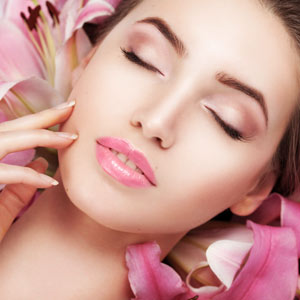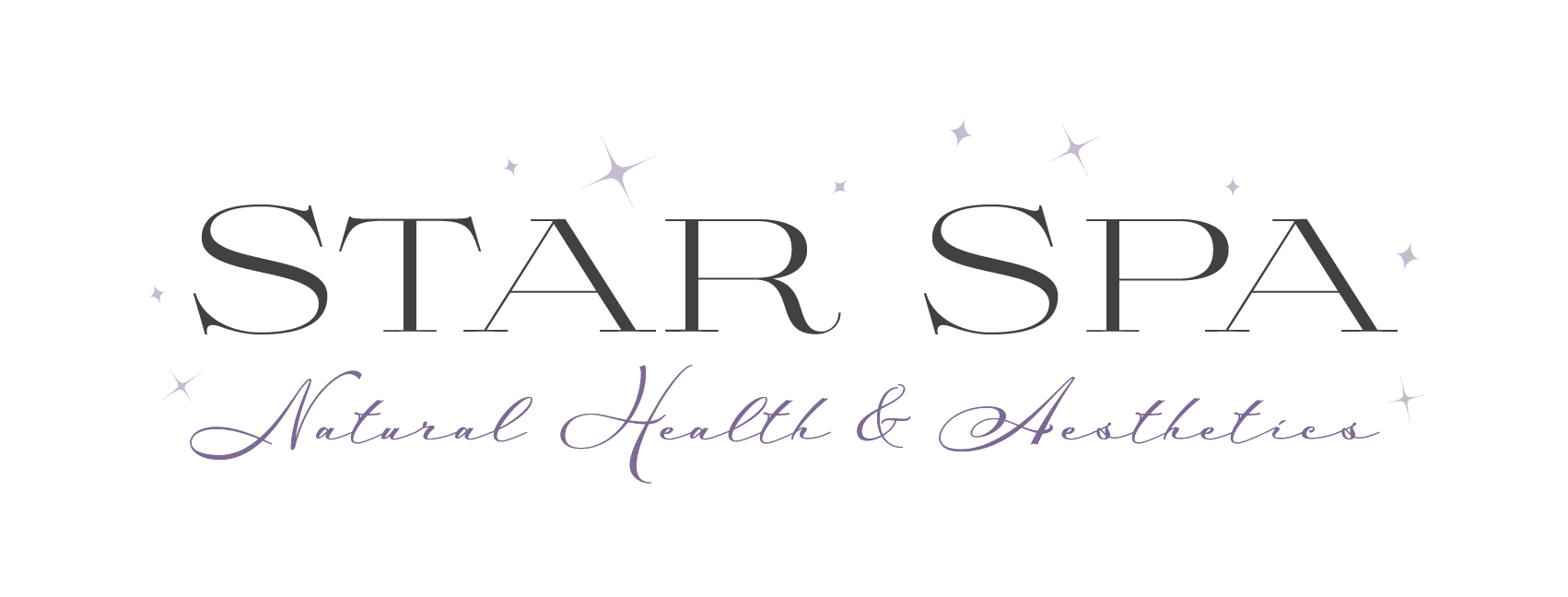Photofacial Rosacea
FAQ About Intense Pulsed Light (IPL)for Rosacea, Redness & Broken Capillaries
What is IPL -Intense Pulsed Light?
IPL is an innovative light-based technology that sets new standards for treating skin conditions associated with aging, active life-styles and sun damage. IPL light energy allows your clinician to design treatments that are personalized for your skin and to precisely treat age and sun spots, small facial veins (like those around the nose and over the cheeks), and many other skin defects. IPL phototherapy is noninvasive, so you can receive comfortable and effective treatments which fit your schedule, they can even take place during a lunch break.
How does IPL work?
The IPL 580 filter deposits pulses of light energy which gently heat the upper layers of skin. Within the skin, the light energy is absorbed by the targets for treatment, such as fine, broken vessels that cause redness and rosacea. This scientific and biological process destroys the target, eliminating it from the skin and restoring skin to its naturally beautiful state, blending natural tones and making it more vibrant and youthful in appearance and touch.

What conditions can be treated with IPL 580?
- Vascular Lesions (e.g., small blood vessels, rosacea and other micro-capillary flushing conditions)
- Acne – Effective Acne Treatment at Last!!!!
- Skin laxity
- Uneven Skin Texture will improve from all treatments and filters
Can I do multiple treatments at once?
No, ideally not on the same area at the same time; there is a different filter for each treatment. For example, a brown (515 filter) treats brown spots or hyperpigmentation. A red (580 filter) treats redness, capillaries and rosacea. There is an Acne filter as well, in addition to others which treat other specific conditions. While some spas will “stack” these treatments, we don’t unless we have worked with your skin and know its tolerance. It can be unsafe and can lead to burns and scarring. In addition, when you “stack” treatments, you have to lower the filter settings to avoid significant burning; therefore, you don’t receive the best possible outcome from either (filter) treatment. This can cause a need for additional treatments, due to lower efficacy resulting from the “stacking.” Each area, and each filter used on that area, is considered one treatment.
What areas can be treated?
Any area of your body can be treated. The most popular treatments are on the face, neck, back of the hands, chest and shoulders.
Can tanned or ethnic skin be treated?
An active tan from the sun or tanning beds is not appropriate for treating with IPL. Tanned skin has a lot of pigment or melanin, which may also absorb the IPL light energy. It is recommended that a person not have sun exposure or have used a tanning bed in the area to be treated for a period of 3-4 weeks prior to treatment with IPL. Self-tanners must be faded from the skin for at least 14 days prior to treatment. Dark Ethnic skin is NOT a good candidate for Photofacial treatments or other IPL therapies there is always a risk for permanent scarring and increased hyperpigmentation, There are effective chemical therapies that safely lighten and rejuvenate ethnic skin.
How many treatments will I need?
The number of treatments needed varies from patient to patient, and your clinician will personalize a treatment plan based on your skin defects and the level of improvement you desire. Generally you will want to do three as a minimum series. Your clinician may also combine your treatment with other popular aesthetic procedures to further enhance the outcome.
What will happen during the procedure?
Your eyes will be protected with safety shields or glasses. You may briefly feel a warm or “rubber band snap” sensation as the light is absorbed by the targeted areas. Your procedure may take a five to twenty minutes, depending on the size of the area to be treated and the type of procedure performed. Your clinician will discuss all of your options with you.
Will it be uncomfortable?
The procedure is gentle, noninvasive and safe. Generally, there is no need for a topical anesthetic.
What should I expect after the treatment?
You may experience some redness, which should resolve within a few hours for most people. Redness and broken capillaries will continue to diminish and fade over the next 7-10 days. Often your treated skin will feel smoother, and fine lines and pores will begin to be less noticeable. Results depend on your skin’s condition, the number of treatments, and the area being treated. Your clinician will provide you with complete information about the post-treatment care and results.
How long will it take to recover?
This is a noninvasive and gentle procedure with virtually no downtime. In most cases, you are able to return to work, apply makeup, and resume most of your activities immediately.
What aftercare do I need?
It is important to follow your clinician’s instructions. You may be given skin care options and instructions on how to use them. If you must go outdoors, it is recommended that you cover your treated skin and use sun block with an SPF of at least 30.
Will insurance cover this procedure?
Phototherapy treatments, like other cosmetic procedures, are not usually covered by your insurance company. If you have any questions, it is best to talk with your provider.
What is Rosacea?
Rosacea is a progressive vascular disorder that affects the facial skin and eyes. It usually starts out quite innocently as a mild flush across the nose, cheeks, chin, and forehead. During the early stages, this flush comes and goes, seeming to have a mind of its own. But as the disorder progresses, facial redness becomes more intense, taking on the appearance of mild sunburn or windburn. In areas of facial redness, tiny broken blood vessels and red bumps may also become visible. In the moderate to severe stages, facial inflammation usually intensifies, resulting in permanent redness, swelling, and burning sensations. In the most advanced cases, rosacea can cause facial disfigurement and disabling burning sensations. Rosacea affects millions of people worldwide. In the United States, an estimated 20 million Americans are afflicted by this disease (1 in 20 people).
We work with the superficial causes of Rosacea but also have solutions to work on the core causes. IPL combined with skin care will clear the superficial rosacea symptoms, reduce mild-to-moderate rosacea triggers, and decrease the intensity of facial flushing and burning sensations. Our natural therapies and the use of state-of-the-art, innovative light protocols are several of the reasons why rosacea sufferers come to our clinic for treatment. We can also make dietary recommendations and suggest other therapies that will aid the process.
What laser do you use?
We use the Sciton Intense Pulsed Light. Sometimes referred to as IPLS
How do you determine how many treatments are needed?
The average patient is advised to have between 6 and 10 treatment sessions for rosacea. The more severe the case, the more treatments are needed.
What is the general percentage of improvement in past patients?
Generally patients receive anywhere from 50% to 80% improvement. It varies greatly on the patient’s severity. Our goal is for your condition to enter remission.
What percentage of clearance will I receive?
That depends on the severity and how you respond to the IPL. We will have a better idea after several treatments.
Do I have to come back and get more touch-up treatments, or am I completely done after my recommended number of treatments?
There’s a good chance that you may need additional treatments or touch-ups over the next few years to keep your Rosacea condition in remission. No two clients are alike when it comes to their response to the light energies, so tailoring each treatment pass to the reaction or lack of reaction helps to maximize efficacy and likelihood of putting the inflammatory condition into remission.
What does the laser target that keeps my face from flushing and burning?
Various targets which include:
- superficial and deep feeder vessels which feed excessive blood to the face
- Inflammatory cells and portions of the inflammatory pathway (IL1 IL2, etc), improving lymphatic drainage, shrinking pores, shrinking the neck of sebaceous glands.
Will I see results the day I leave the clinic?
Generally it takes 4 – 6 weeks after your treatments before you see the full healthy results. But in some cases, patients have said they could see subtle differences and they felt better even while they were here at the clinic, usually after the 3rd or 4th treatment session.
What are the risks?
Possible but not often seen are: blistering, hyperpigmentation, hypopigmentation, scarring.
How often do you see those risks?
A small amount of blistering may be seen occasionally. Avoiding the sun while receiving treatment helps to avoid hyperpigmentation and hyopigmentation.
Do you treat Rosacea with topical and oral medications also?
No, we use all-natural anti-inflammatory methods, therapies and dietary recommendations such as Vesselport, Zinc and Inflammplex, our custom clinic formulations.
What does Vesselport, Zinc and Inflammplex do?
Vesselport keeps blood vessels healthy and functioning in a balanced way. Zinc is used to decrease inflammation, helping to reduce papules and pustules in Rosacea patients. The Inflammplex is used for inflammation and healing.
How long does a treatment take?
We allow 30 minutes for an appointment; the actual procedure is fairly quick, lasting 10-20 minutes.
Will the laser improve my lumpy bumpy skin texture? How?
Yes. The laser targets the dilated blood vessels, Fibrosis, and inflammatory cells, and it also reduces pore size, shrinks the necks of sebaceous glands (decreasing oily skin), and stimulates collagen production.
What is the different between the laser filters?
The Sciton IPL Laser uses intense pulsed light, which targets blood vessels and sebaceous glands by photo-coagulating the oxyhemoglobin in the culprit vessels of a particular caliber in the upper levels of the dermis. A Blue Light filter can also be used to help promote tissue recovery, maximizing skin health and making treatment efficacy as high as possible.
How do you treat papules and pustules?
Blue light targets the neck of the sebaceous glands, inflammatory cells (Neutrophil dispersement), and portions of the inflammatory cascade (IL1, IL2, etc), achieving a higher efficacy and therefore a greater likelihood of putting the Rosacea condition into remission. A decrease of papules and pustules is common.


